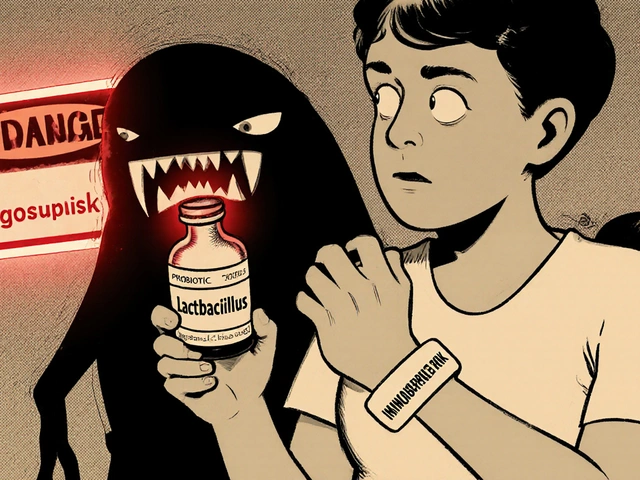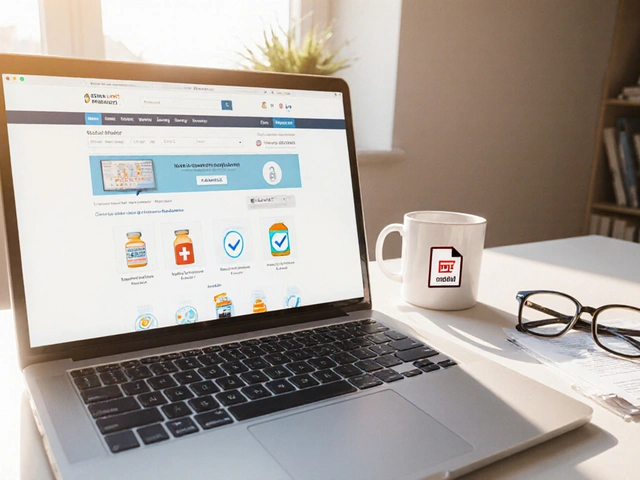Diabetes Medication: What You Need to Know
If you’ve been told you have diabetes, the first question is usually “what pills do I have to take?” The answer isn’t one‑size‑fits‑all. There are dozens of medicines, each targeting a different part of the blood‑sugar puzzle. This guide breaks down the most common groups, how they work, and what to watch out for, so you can feel confident about your treatment plan.
Common Types of Diabetes Drugs
Metformin is the go‑to starter for most people with type 2 diabetes. It lowers glucose production in the liver and helps your body use insulin better. Side effects are often mild – think stomach upset – and they usually fade after a few weeks.
Insulin isn’t just for Type 1 folks. Many Type 2 patients need it as the disease progresses. Rapid‑acting, short‑acting, and long‑acting versions let you match the insulin dose to your meals and daily routine. Learning to inject safely and monitor levels is key.
DPP‑4 inhibitors (like Januvia) boost the hormone GLP‑1, which tells your pancreas to release more insulin after meals. They work well with metformin and have a low risk of causing low blood sugar. The biggest downside is the cost, which can be higher than older drugs.
GLP‑1 receptor agonists (e.g., Ozempic, Trulicity) are injections that mimic the same hormone DPP‑4 inhibitors target, but they also help you lose weight. If you’re battling both high blood sugar and extra pounds, these can be a win‑win.
SGLT2 inhibitors (like Jardiance) flush excess glucose through the urine. They’re praised for protecting the heart and kidneys, but you need to stay hydrated and watch for urinary infections.
How to Choose the Right Medication
Start with your doctor’s recommendation, but ask questions. How does the drug fit into your daily life? If a pill needs to be taken three times a day, can you remember that schedule? If you’re scared of needles, a daily oral option may be better than an injection.
Consider side effects you can tolerate. Some people can handle mild stomach upset, while others can’t deal with weight gain. Keep a list of any other meds you take – some diabetes drugs interact with blood thinners, antibiotics, or cholesterol pills.
Cost matters. Generic metformin is cheap, but brand‑name GLP‑1 agonists can run high. Check your insurance, ask about patient assistance programs, and compare pharmacy prices. A higher‑cost drug might still save money if it prevents costly complications later.
Finally, monitor your own numbers. Keep a log of blood‑sugar readings, how you feel after meals, and any side effects. Share this with your healthcare provider every few weeks. Adjustments are normal – finding the sweet spot often takes a bit of trial and error.
Remember, medication is just one piece of the diabetes puzzle. Pair it with a balanced diet, regular movement, and proper sleep, and you’ll give yourself the best chance of staying healthy. Got more questions? Our articles on DPP‑4 inhibitors, insulin basics, and SGLT2 options dive deeper into each class, so you can make an informed choice.
Actoplus Met: Uses, Benefits, and What You Need to Know
A full guide to Actoplus Met—what it's for, how it works, its perks and pitfalls, and tips if your doctor prescribes it to you. Real talk, plain English.





